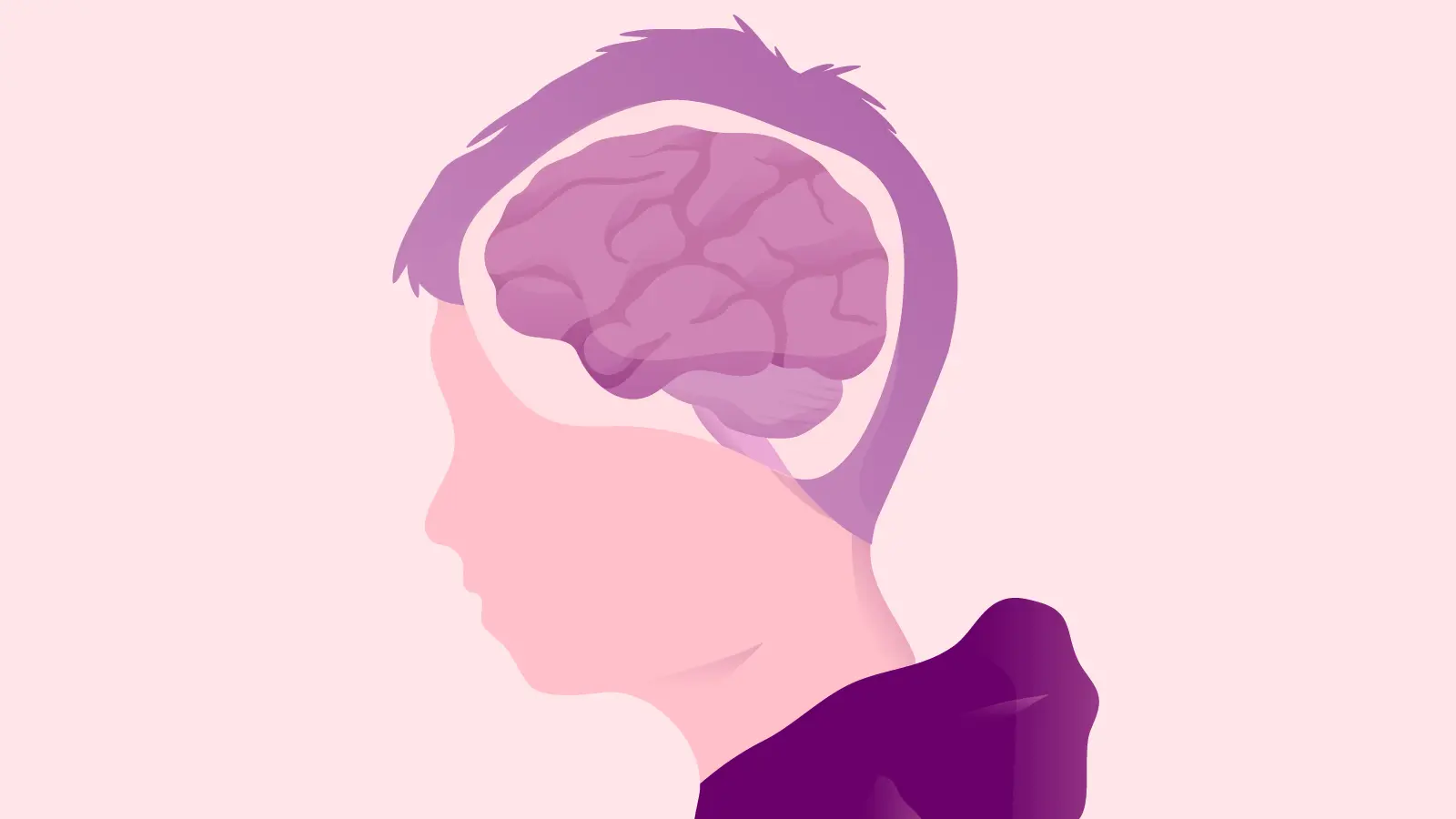Young people’s bodies and brains are still developing
Young people’s bodies continue to develop during adolescence, making them vulnerable to the effects of alcohol. Drinking at an early age may interfere with the normal development of the brain (2). It can also affect the development of vital organs. This can cause health problems later in life.
Scientific studies have shown that drinking at an early age, especially heavy drinking, can have an irreversible effect on the brain that may lead to lasting changes and damage (3-5). It can disrupt how brain connections are made and may also disrupt learning ability and memory.
Early drinking can lead to psychological problems and may increase the odds of alcohol abuse later in life (6). The earlier young people begin to drink regularly and heavily, the more likely this becomes.
Alcohol affects adolescents differently than adults
Research shows because adolescents’ brains are still developing, they may not experience the effects of drinking alcohol the same way as adults (7). As a result, some may drink more often or more heavily, setting the stage for developing alcohol problems.
Drinking and puberty do not mix
Adolescence is a period of intensive physical, mental and emotional changes. Drinking alcohol may affect mood and how young people deal with stress, anxiety and depression (8).
Some research also suggests that drinking during adolescence, particularly heavy drinking, may delay the onset of puberty, and have an impact on bone density, height and weight.
There are various strategies to prevent underage drinking
Legal age limits are designed to protect young people during a vulnerable period and governments around the world set minimum age thresholds for drinking and purchasing alcohol (1). Different age limits apply in different countries and are shaped by culture and perceptions. While they range from 16 to 25 years, 18 is the most common age threshold for legal purchase of alcohol. In Singapore, the legal purchase age is 18 years old.
Preventing underage drinking can actually involve a mix of different strategies depending on the situation, but some of the most promising involve family and peers taking a central role. Parents and peers are the most important influences in the lives of children and adolescents when it comes to drinking (10, 11). Early on, parents are the main role models. They can help shape drinking patterns and attitudes that will last a lifetime. Peers are also important during adolescence, as pressure to fit in and be independent grows.
The importance of family and peers is central to many promising efforts to prevent drinking among underage youth (12). Some involve educating youth about drinking and harmful patterns like binge drinking (13-15). Others focus on enhancing the ability of parents and family members to address drinking (16, 17). Building skills that teach resilience and the ability to resist social pressures around drinking and many other life challenges is also an effective intervention (18).




